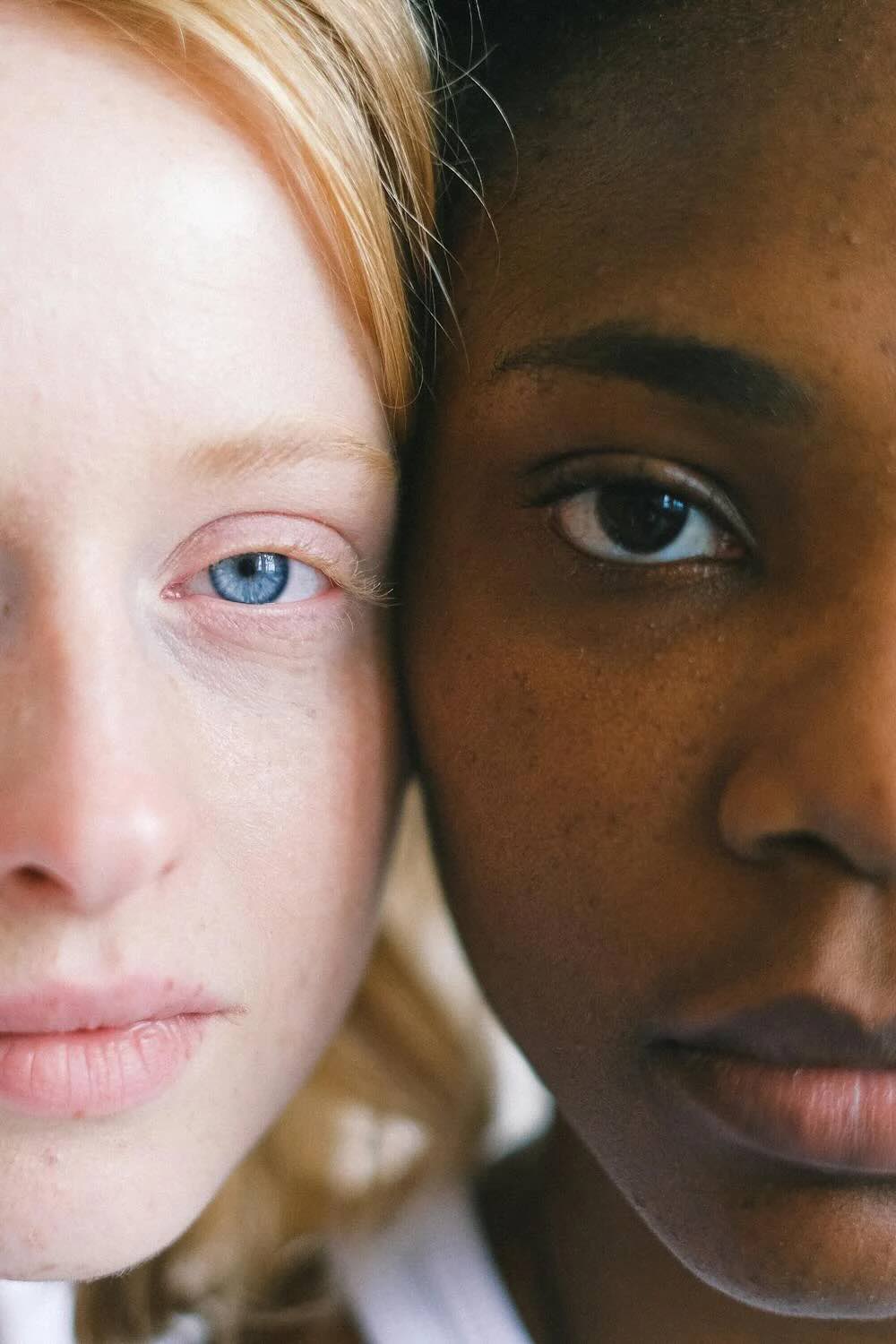By: Jordan Meadows
Staff Writer
In the wake of Martin Luther King Jr.’s assassination in April 1968, the small town of Riceville, Iowa, found itself grappling with confusion and grief. Among those affected were Jane Elliott’s third-grade students, who couldn’t comprehend why someone would take the life of their recently celebrated “Hero of the Month.”
It was in this atmosphere of perplexity and sorrow that Jane Elliott, a diversity educator, innovated a groundbreaking lesson in understanding discrimination. Her approach to teaching about discrimination was daring and unconventional as she sought to immerse her students in the experience, to show them another way of thinking about prejudice and its consequences.
 Dividing her class by eye color – blue and brown – Elliott assigned superiority to one group and inferiority to the other. What followed over two days was a remarkable transformation, both in the behavior of the students and in Elliott’s own understanding of societal dynamics.
Dividing her class by eye color – blue and brown – Elliott assigned superiority to one group and inferiority to the other. What followed over two days was a remarkable transformation, both in the behavior of the students and in Elliott’s own understanding of societal dynamics.
During the experiment, on the first day, the children with blue eyes were treated as superior individuals and were given special privileges and praise, while their peers with brown eyes were subjected to ridicule and oppression. Employing a scientific rationale rooted in the concept of melanin, Elliott justified her division, convincing her students that intelligence was linked to eye color. As the day unfolded, the classroom became a battleground of prejudice and resentment.
The tables were turned on the second day, which made the students realize the profound impact of arbitrary divisions. From that day onwards, the students became more cautious and hesitant to impose oppressive ideas and actions on their classmates, as they developed a better understanding of empathy and altruism.
It became evident to the students that the lines between oppressor and oppressed were not as clear-cut as they seemed. In a mental reversal, Elliott had exposed the fallibility inherent in both groups, challenging her students to confront the consequences of not thinking propositions through.
Elliott’s experiment, captured in the documentary “The Eye of the Storm” and later featured on PBS’s “Frontline” in “A Class Divided,” garnered both acclaim and controversy. While some hailed it as a landmark of social science and a powerful tool for understanding discrimination, others criticized it as divisive and potentially harmful.
As invitations to speak and conduct her exercise poured in, Elliott found herself at a crossroads, ultimately choosing to leave behind her teaching career to devote herself full-time to diversity training. Her innovative approach, rooted in the “Blue Eyes/Brown Eyes” exercise, captivated audiences around the world, from corporations like General Electric and IBM to government agencies like the FBI and US Navy.
Elliott’s corporate workshops, designed to foster teamwork and promote inclusivity, offered a sobering glimpse into the insidious nature of prejudice. By subjecting participants to a withering regime of humiliation and contempt based on the color of their eyes, Elliott challenged them to think more about how people should be treated.
The exercise became a cornerstone of diversity training programs, prompting participants to confront their own privilege and assumptions. However, the effectiveness of such training remains a subject of debate, with studies showing mixed results and ethical concerns about its potential psychological impact.
Critics, including scholars like Ivor Goodson and Pat Sikes, have raised ethical concerns about the potential psychological harm of her exercise, arguing that it may exacerbate rather than alleviate prejudice. Academic research into the long-term effects of Elliott’s exercise has yielded mixed results, highlighting the need for further study and refinement of diversity training initiatives.
Despite these criticisms, Elliott’s influence on diversity training remains undeniable, shaping the discourse on racism and discrimination in classrooms and boardrooms alike. By daring to challenge societal norms and prejudices, she opened the door to conversations about race, privilege, and equality.
As word of her innovative exercise spread, Elliott was invited to appear on several television shows and was invited to conduct the exercise for interested adults. On December 15, 1970, Elliott demonstrated the exercise to adult educators at a White House Conference on Children and Youth.
Her bold decision to divide her students by eye color, simulating the experience of discrimination, exposed the irrational ideas lurking beneath the surface of society. Through this exercise, Elliott challenged her students – and then the broader public – to confront their privilege and assumptions, sparking conversations that reverberated far beyond the confines of her classroom.
Jane Elliott’s voice rings clear, urging us to confront our biases and strive for a world where every individual is valued and respected.
